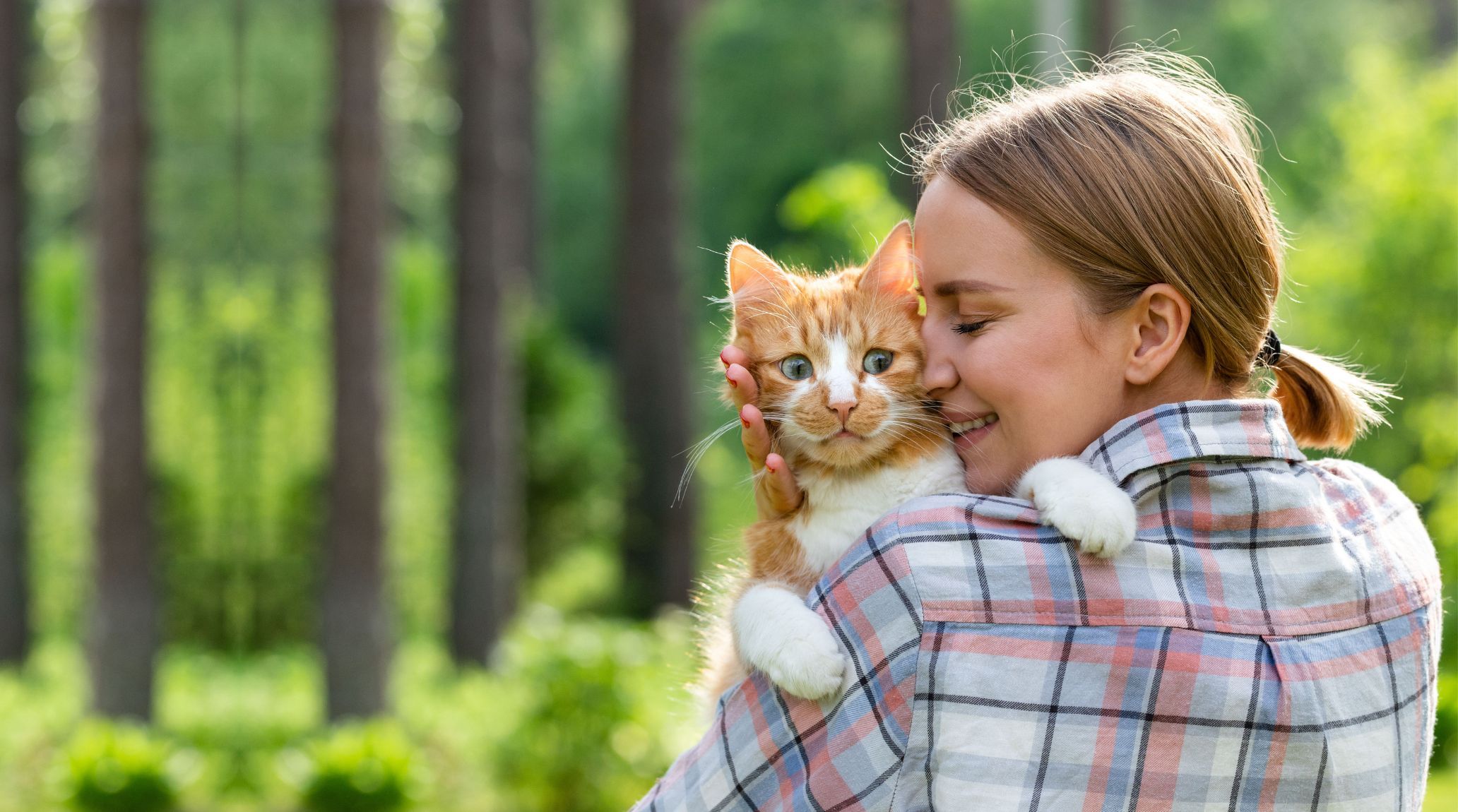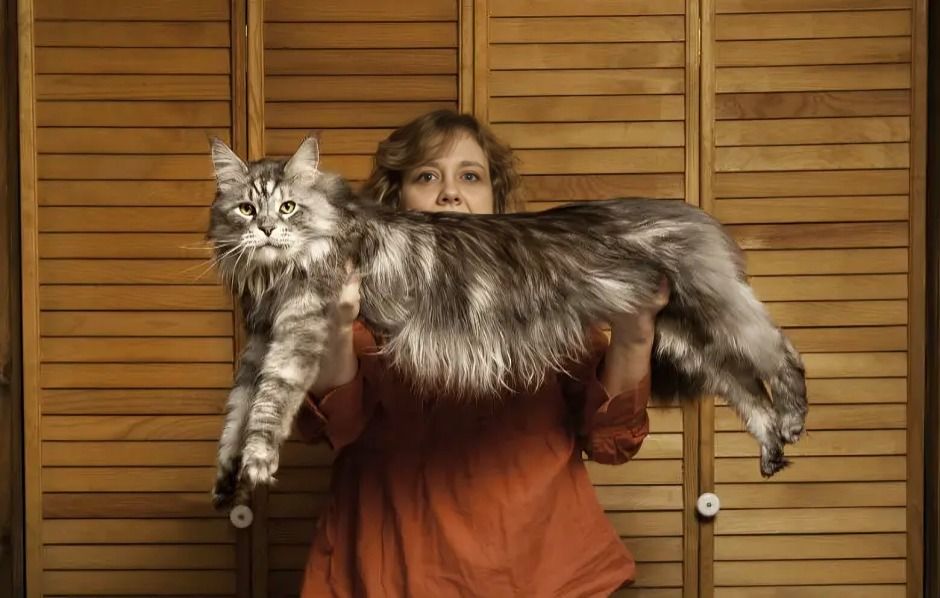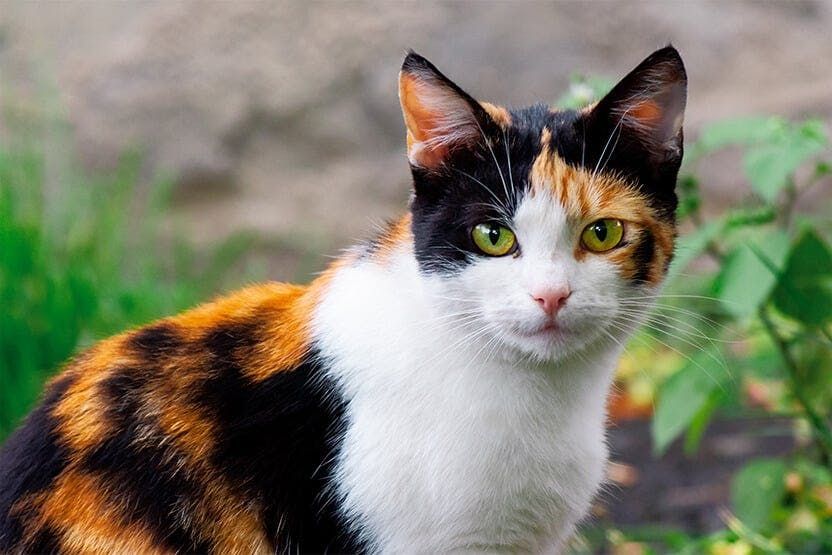
“
Domestic cats are fascinating creatures with a rich history and an array of unique traits and behaviors. In this blog, we delve into 20 intriguing domestic cats facts that highlight their incredible abilities and endearing quirks.1
1
1
”
Cats have been domesticated for over 4,000 years, evolving from wild ancestors into familiar companions. They first became associated with humans in ancient Egypt, where they were revered and worshipped as symbols of grace and poise.1
The average lifespan of a domestic cat ranges from 12 to 15 years. With proper care and attention, many cats can live into their late teens or early twenties, making them enduring companions throughout their owners' lives. 2
Cats are known for their ability to conserve energy, spending an average of 13 to 14 hours a day sleeping. This behavior helps them recharge and reflects their evolutionary adaptation to conserve energy for hunting and survival. 3
Kittens have 26 baby teeth, which they lose as they grow. Adult cats then have 30 permanent teeth. Regular dental care is essential to keep their teeth healthy and sparkling. Don’t forget to schedule those routine cleanings for your feline friend! 4
Cats can leap up to five times their height, showcasing their incredible jumping ability. This impressive feat allows them to reach high places with ease and agility, making them natural climbers and excellent at navigating their surroundings. 5

The record for the longest tail on a living domestic cat is 40.83 cm (16.07 in), held by Altair Cygnus Powers from Farmington Hills, Michigan. Verified on October 25, 2021, Altair's tail surpasses the previous record set by his sibling, Cygnus Regulus Powers.
Cats have excellent night vision due to large eyes with a high concentration of rod cells, sensitive to low light. They can see at light levels six times lower than what a human needs, aiding in nighttime hunting. 6
House cats share 95.6% of their genetic makeup with tigers, highlighting the remarkable similarities between domestic felines and their wild cousins. Despite their smaller size, this genetic connection underscores their shared evolutionary heritage. 7
The pregnancy period of a domestic cat, or gestation period, typically lasts about 63 to 65 days. During this time, the mother cat undergoes significant physical and behavioral changes to prepare for the arrival of her kittens. 8
A housecat can sprint up to 30 miles per hour over short distances. This impressive speed allows them to make quick escapes and catch prey, showcasing their agility and hunting prowess despite their small size. 9
Cats can rotate their ears independently up to 180 degrees, allowing them to pinpoint sound sources accurately. This ability helps them detect prey or threats, showcasing their acute sense of hearing. 10
A cat's purr has a therapeutic effect on both cats and humans, vibrating at a frequency of 25 to 150 Hertz. Cats purr when content but also when injured or frightened, suggesting possible healing properties.11

The longest domestic cat ever recorded was Mymains Stewart Gilligan, also known as Stewie. Measuring 123 cm (48.5 in) in length, this Maine Coon was owned by Robin Hendrickson and Erik Brandsness from the USA.
Cats can exhibit a dominant front paw, with studies revealing that male cats often prefer their left paw, while female cats are more likely to favor their right paw. This trait is known as paw preference or lateralization in cats. 12
Cats have a unique collarbone structure that allows them to squeeze through tight spaces, known as being "collarbone-free." This adaptation helps them navigate narrow passages and escape from potential predators or confinement. 13
A cat's sense of smell is crucial for communication and hunting, with scent glands located on their cheeks, paws, and tail base. These glands produce pheromones that mark territory and convey social signals to others. 14
Most cats have 18 toes in total: 5 on each front paw and 4 on each back paw. However, some cats are born with extra toes due to a condition known as polydactylism, which results in a unique and charming appearance. 15

Calico cats are almost always female due to genetics, specifically the X chromosome responsible for coat coloration. Male calicos are rare and usually sterile due to the genetic anomaly producing their unique coat pattern.
Cats have a third eyelid called the haw, which protects their eyes from debris and keeps them moist. This translucent membrane, seen in the inner corner of their eyes, is essential for maintaining eye health.16
Cats are crepuscular animals, most active during dawn and dusk when their natural prey, such as rodents, are also active. This behavior reflects their evolutionary adaptation to optimize hunting opportunities during low light and cooler temperatures. 17


